The naturalism of Albrecht Dürer’s Young Hare (1502) is too often described as scientific. Certainly if its nose appeared to twitch, you might not be quite sure whether your mind was playing tricks on you, but these hallucinatory effects come less from anatomical accuracy than from Dürer’s canny deployment of tone and colour. In fact, analyse the hare up close and the details can seem sparing. After sketching a silhouette, Dürer filled it with brown and grey watercolour to produce a fur that was abstract and fluid. The details came later, stroke by stroke, until only the essential aspects of structure and depth emerged. In August I got the chance to see this for myself when I was invited into the high-security depot of Vienna’s Albertina, or the hare’s ‘hutch’. Held captive there among a collection of some 130 or more Dürer drawings, it has only been let loose three times in as many decades. It is now on public display again, joining more than 200 works of art and writing for the Albertina’s new Dürer retrospective.
The museum’s last Dürer show marked its reopening in 2003. Drawings are exceptionally sensitive to light; thankfully, for the occasional three-month exhibition in the right conditions, these effects are negligible. Modern gallery lighting emits approximately 50 lux to daylight’s 50,000, making 1,000 hours on display equivalent to just one in Dürer’s workshop. That is where the drawings remained until his death in 1528, after which their provenance can be reliably traced from the widow of Dürer’s brother to the museum’s founder, Duke Albert of Saxe-Teschen, via Vienna’s Imperial Collection. By then they had been mounted into two large leather-bound volumes, one of which ended up on the art market during the French occupation of Vienna.
The Albertina has kept a tight, protective grip on the other, and is reluctant to loan more than four or five works at a time. This strategy ensures that, with such a large collection, it remains uniquely placed to stage Dürer retrospectives. The need for a fresh approach has, however, prompted chief curator Christof Metzger to reassess the works; the question at the heart of his new research is why Dürer, who apparently never intended to sell his drawings, would choose to make them in the first place.
The mystery is brought into focus by The Praying Hands (1508), a chiaroscuro study for the hands of an apostle on the Heller altarpiece, which was destroyed in 1729. Though Dürer’s rigorous brushstroke recorded every microscopic furrow of skin, such intricate details never made it onto the altarpiece, where copies suggest that the hands filled just a few centimetres. Metzger’s conclusion here, which once stated feels obvious, is that the continued categorisation of the work – and his other draperies, heads and feet – as preparatory drawings, lazily ignores all the evidence for them as artworks in their own right. Each exists on its very own compositional scale, where the slight shadow of one finger against another is perceived as a deep groove, clearly delineated in diagonal. These sophisticated surfaces might be derived from his plans for the altarpiece, but preliminary sketches they are surely not.
The question remains, why did Dürer go to all the trouble? One answer, Metzger believes, lies in two early watercolours of the eerily empty castle courtyard at Innsbruck from c. 1495. Both contain northern European spires and timber framing, but the north-facing viewpoint lies beneath ominous black clouds. This heightened sense of atmosphere and the textural complexities of roof tiles and bricks betray a young artist shifting from the late gothic style and delving into new Renaissance preoccupations. The museum’s director, Klaus Albrecht Schröder, compares it to its south-facing counterpart, where the sky has been left blank. Rather than unfinished, he considers it simply a more austere and ordered interpretation. He connects it to Dürer’s later nature studies, the neutral grounds of which perplexed every artist that would copy him.
For his part, Metzger suggests that those drawings of plants and animals might be workshop stock inspired by the model books popular in late medieval Italy. If so, we can assume he produced them to impress upon visitors the extent of his talent. This explanation works, but still falls short. Removing Wing of a Blue Roller (c. 1500) from its storage box, Metzger places it next to a taxidermied specimen of the same extinct bird so we can appreciate just how faithfully Dürer reproduced its rich colouring in red, turquoise, and aquamarine. Severed from the body, the wing is lightly stained with blood, and to the upper left we can see its torn alula feather, an injury likely to have occured while the bird was trapped in a net.
These details, startlingly true to life, speak to a desire to observe and document, not merely in an expression of skill, but as an act of curiosity. Dürer’s first step into art theory was arguably his self-portrait at the age of 13, and if we take The Praying Hands to have been a study of his own hands, it is easier to imagine how Dürer might have got lost in the problem of both using and depicting them. At the risk of applying a modern lens to his motivations, it’s fun to speculate.
The Young Hare also invites a guessing game, the glint in its eye appearing to reflect a window while its shadow on the piece of paper adds illogical depth where Dürer’s monogram flattens. Metzger recasts it as a trompe l’oeil, one we might perceive as a real hare sitting on a sheet of paper. In a final flourish, he connects it to the hare of Polygnotus, so naturalistic that it was believed to be real when it was painted in an Athenian mural in the 5th century BC. It was an icon of illusionism for 16th-century German humanists, and if its legend did inspire Dürer, then the hare is an artist’s statement.
‘Albrecht Dürer’ is at the Albertina, Vienna, until 6 January 2020. To find out more about art and museums in Vienna, visit www.vienna.info.
Unlimited access from just $16 every 3 months
Subscribe to get unlimited and exclusive access to the top art stories, interviews and exhibition reviews.

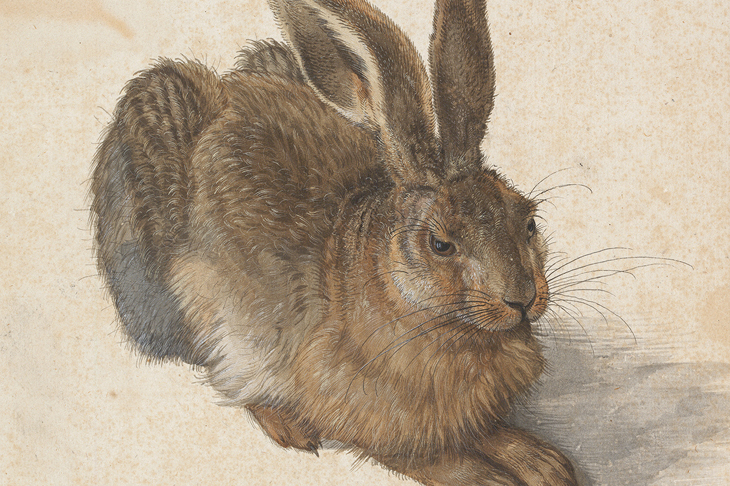
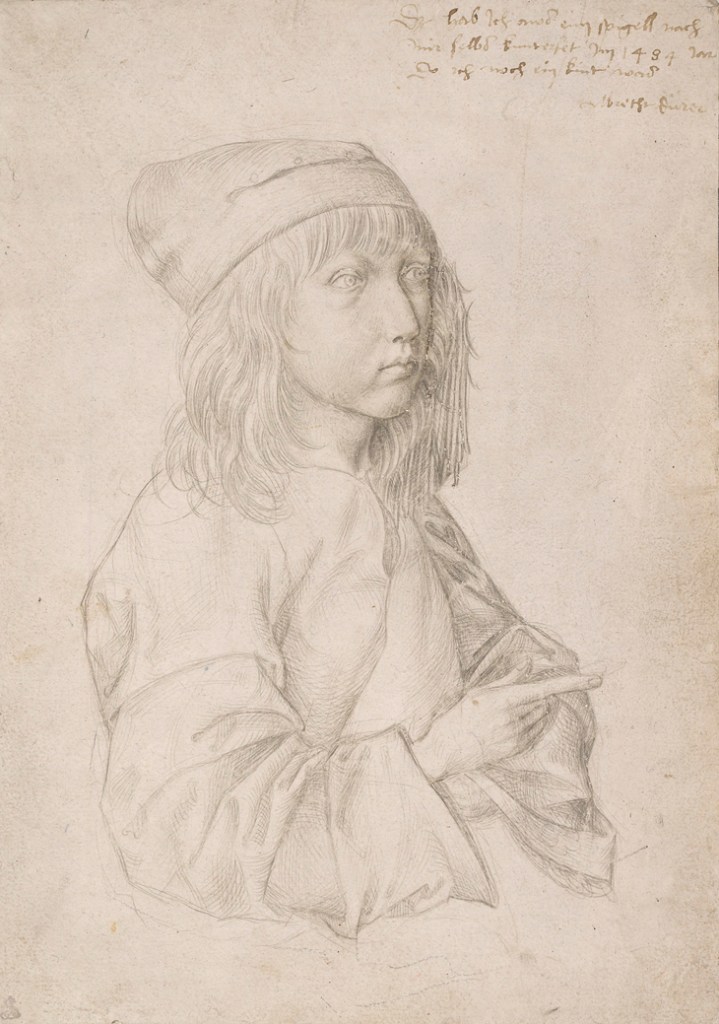
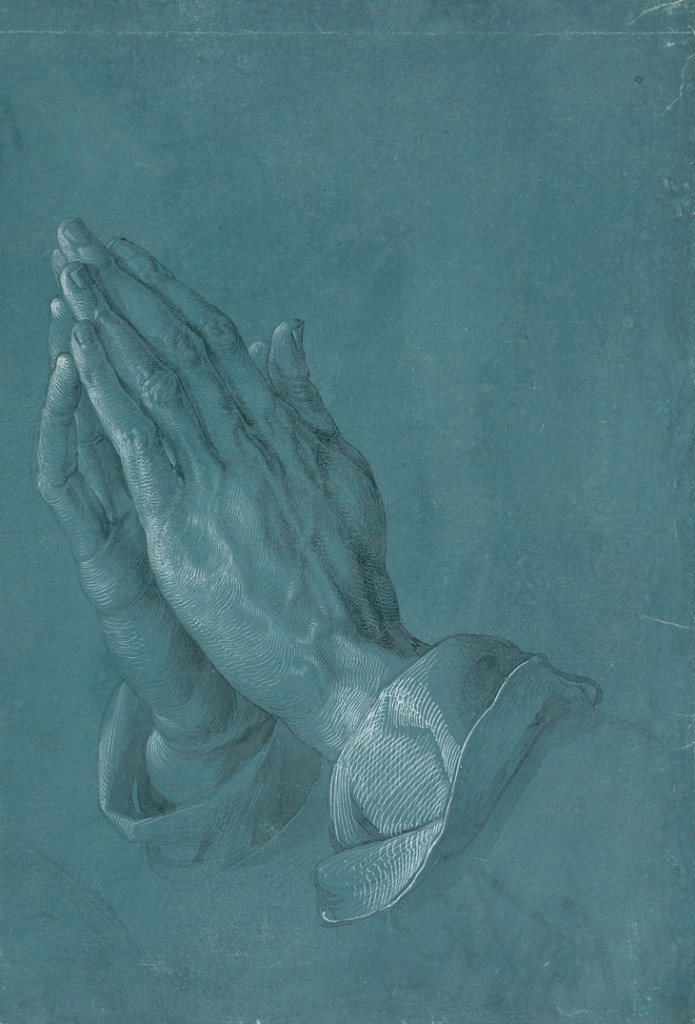



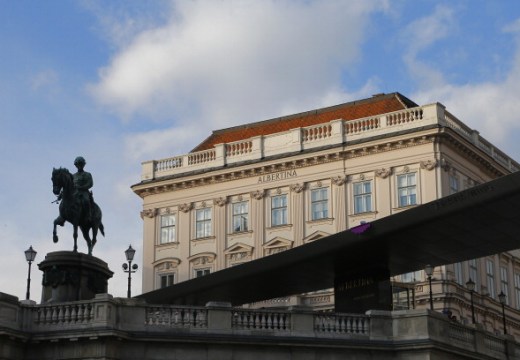
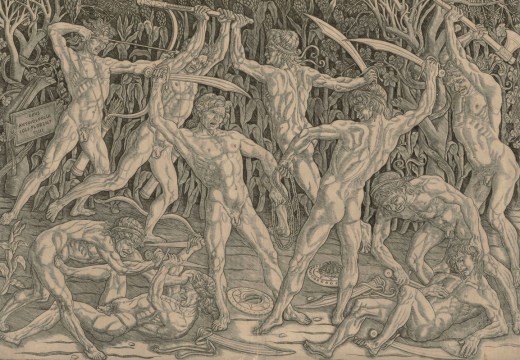
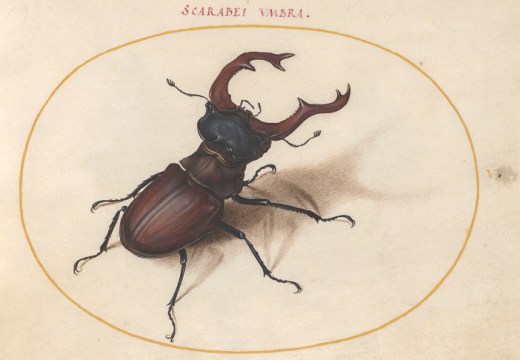









![Masterpiece [Re]discovery 2022. Photo: Ben Fisher Photography, courtesy of Masterpiece London](http://www.apollo-magazine.com/wp-content/uploads/2022/07/MPL2022_4263.jpg)
It’s time for the government of London to return to its rightful home